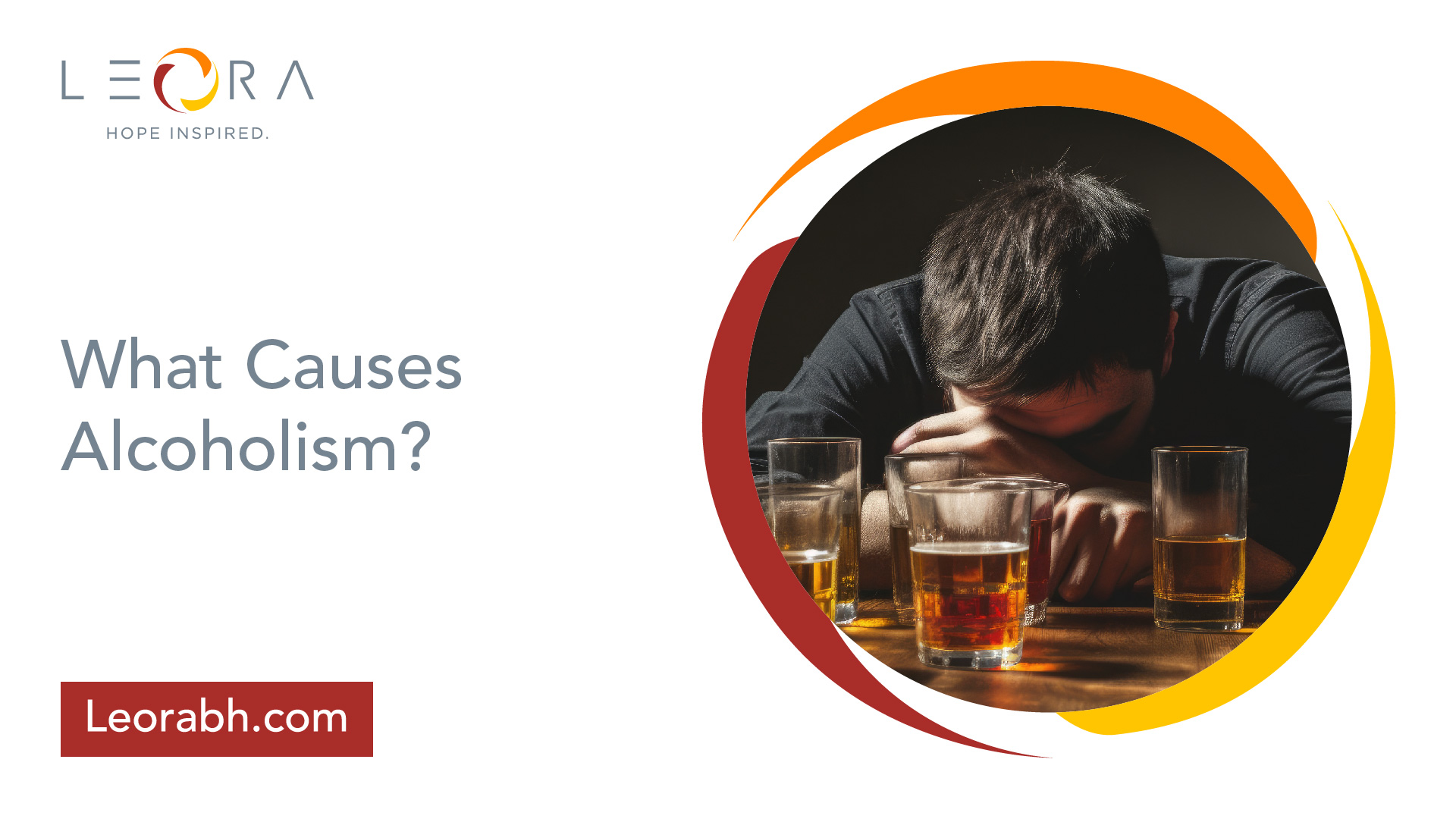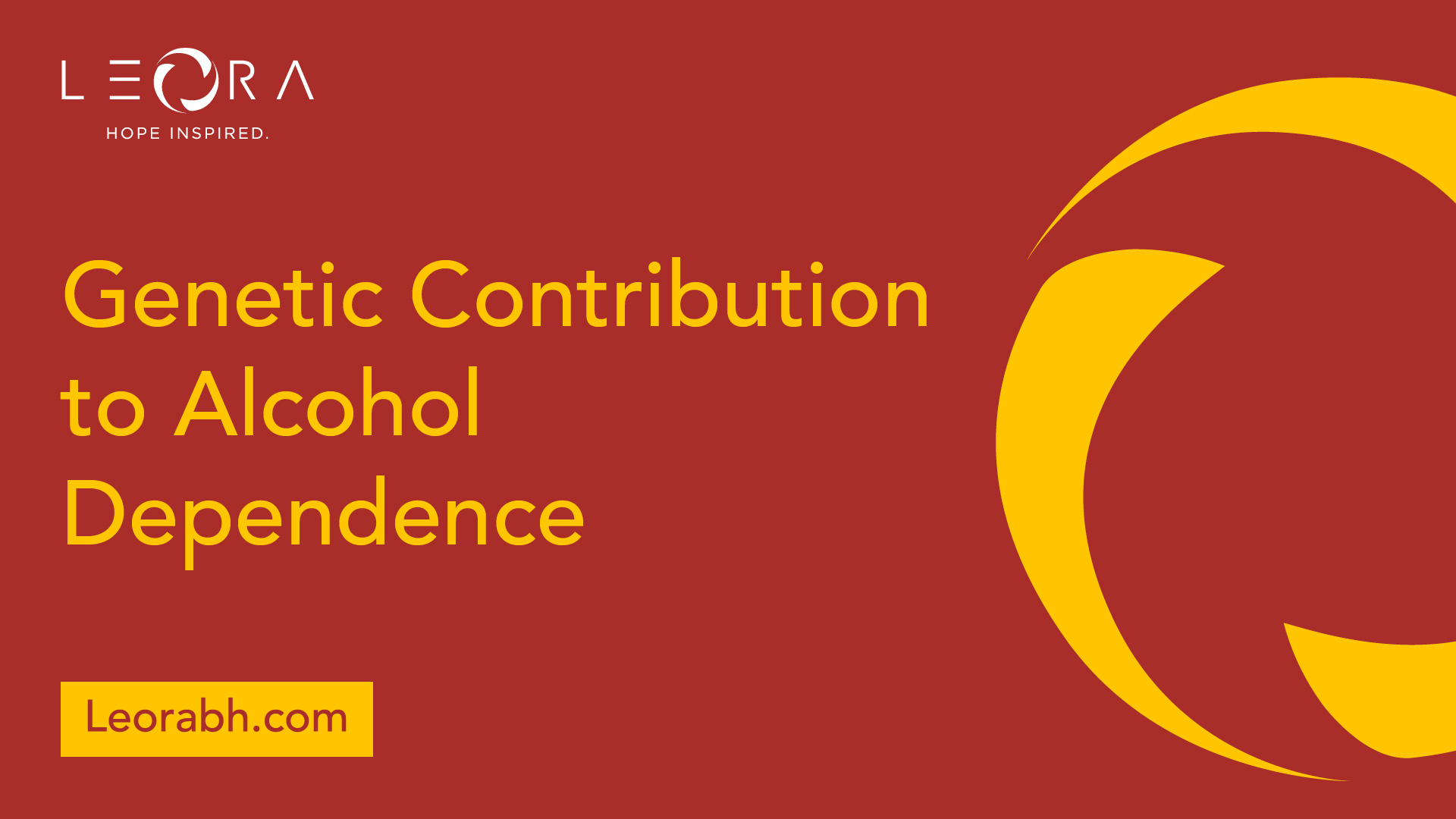What Causes Alcoholism?
Unraveling the root causes of alcoholism. Discover the truth behind what leads to alcohol dependence.
Understanding Alcoholism
Alcoholism, or alcohol dependence, is a complex disorder with various underlying factors. To truly comprehend what causes alcoholism, it is essential to examine the impact of adverse childhood events and the role of early trauma in alcohol dependence.

Impact of Adverse Childhood Events
Research has consistently shown that individuals who experience adverse childhood events are at an increased risk for alcohol dependence. Adverse childhood events refer to traumatic experiences such as physical or sexual abuse, neglect, parental divorce, or household dysfunction. Experiencing two or more adverse childhood events significantly raises the risk for alcohol dependence, even after considering other factors.
Children who undergo adverse childhood events are more likely to have familial alcoholism, start drinking at an early age, and engage in binge drinking. The cumulative stress associated with multiple adverse childhood events further increases the risk for alcohol dependence.
Role of Early Trauma in Alcohol Dependence
Early trauma, particularly in childhood, is strongly associated with the development of mental health problems later in life, including alcohol dependence. Individuals who have experienced early-life trauma may turn to alcohol as a means to cope with trauma-related symptoms.
Studies have found that childhood adversity significantly increases the risk of subsequently developing mental health problems, including alcohol dependence. The risk of alcohol dependence escalates greatly for individuals who have experienced four or more adverse childhood experiences (ACEs) [2]. Additionally, childhood abuse or neglect can lead to excessive alcohol use, as individuals may use alcohol as a coping mechanism for stress.
Early trauma can have long-lasting effects on neurobiology, specifically on the stress response and neurotransmitter systems involved in the positive reinforcing effects of alcohol. Furthermore, early trauma can impact the genetic risk for alcohol dependence, making some individuals more susceptible to the development of alcohol use disorders.
By understanding the impact of adverse childhood events and the role of early trauma in alcohol dependence, we can begin to address the underlying factors that contribute to the development of alcoholism. Early identification, intervention, and support for individuals who have experienced trauma may help prevent or mitigate the risk of alcohol-related problems in the future.

Genetic Factors in Alcoholism
Alcoholism is a complex and multifaceted disease, with genetic factors playing a significant role in its development. Understanding the influence of genetic variants and their contribution to alcohol dependence is crucial in comprehending the root causes of this condition.
Influence of Genetic Variants
Numerous genes have been identified to have an impact on the risk of alcoholism. One of the genes with the strongest known effects on alcoholism risk is ADH1B, which is involved in alcohol metabolism. Variants of this gene, such as the ADH1B*48His allele, found at high frequency in East Asia, have a protective effect against alcoholism. Individuals with two copies of this allele are typically unable to consume more than a very small amount of alcohol [3].
Another gene that significantly affects alcoholism risk is ALDH2, which is also involved in alcohol metabolism. The ALDH2*504K allele, relatively common in East Asia, has a protective effect against alcoholism. Individuals carrying even a single copy of this allele experience symptoms such as facial flushing, tachycardia, and nausea when consuming alcohol, which acts as a deterrent [3].
Other genetic variants that impact the risk for alcoholism or related traits include GABRA2, CHRM2, KCNJ6, and AUTS2. Variants in the GABRA2 and CHRM2 genes have been associated with an increased risk for alcohol dependence, particularly in individuals with early onset or comorbid drug dependence.
Genetic Contribution to Alcohol Dependence
The heritability of alcohol dependence, also known as alcoholism, is estimated to be between 45% and 65%. Adoption studies have shown that alcoholism in adoptees correlates more strongly with their biological parents than their adoptive parents, providing further evidence for the genetic contribution to alcohol dependence.
The interplay between genetic factors and environmental influences plays a crucial role in the development of alcoholism. Genetic variants may increase an individual's susceptibility to alcohol dependence, but environmental factors also contribute significantly to the overall risk. It is the complex interaction between these genetic and environmental factors that ultimately determines an individual's likelihood of developing alcohol dependence.
Understanding the influence of genetic variants and their contribution to alcohol dependence provides valuable insights into the complex nature of alcoholism. Further research in this area is essential to unravel the intricate genetic mechanisms underlying alcohol dependence, leading to the development of more effective prevention and treatment strategies.
Environmental Influences
When examining the root causes of alcoholism, it is essential to consider the environmental influences that contribute to alcohol dependence. Social factors, discrimination, and stress play significant roles in the development and progression of alcoholism.
Effect of Social Factors
The influence of social factors on alcohol consumption should not be underestimated. Peer norms, parental and familial behaviors, as well as social networks and support systems, can all impact an individual's drinking behavior. Research has shown that higher levels of alcohol use among parents and peers are associated with increased alcohol use among adolescents and young adults. On the other hand, parental support, bonding, and monitoring, as well as positive social networks and support, have a protective effect against alcohol use.
Social norms and attitudes about drinking also play a crucial role in shaping alcohol use patterns. While these influences have fairly uniform associations across gender and race/ethnicity, additional cultural elements may be relevant when considering racial/ethnic minority groups. Moreover, the availability of alcohol, as measured by the density of alcohol outlets in a neighborhood, has been linked to increased alcohol consumption and alcohol-related problems.
Impact of Discrimination and Stress
Discrimination and stress are well-established factors that predict increased alcohol use. Many individuals turn to alcohol as a means of coping with the stressors of daily life, including work-related stressors and experiences of racial and ethnic discrimination. Studies have shown that self-reported unfair treatment and racial discrimination are associated with higher alcohol use among Asian Americans and Latinos.
Moreover, socioeconomic disadvantage, racial discrimination, and neighborhood disadvantage have been linked to heavy drinking and alcohol problems in racial/ethnic minority populations. These environmental factors may act as triggers for alcohol consumption and increase the risk of developing Alcohol Use Disorder (AUD).
Understanding the impact of social factors, discrimination, and stress on alcoholism is crucial for developing comprehensive prevention and intervention strategies. By addressing these environmental influences, we can work towards creating supportive and inclusive environments that promote healthier behaviors and reduce the risk of alcohol dependence.

Gender and Alcohol Dependence
Understanding the factors that contribute to alcohol dependence is crucial in addressing this complex issue. Gender plays a significant role in the development and progression of alcoholism, along with family history. In this section, we will explore the gender disparities in alcoholism and the impact of family history on alcoholism risk.
Gender Disparities in Alcoholism
Gender is a significant risk factor for alcohol dependence. Men generally report an earlier age of onset of alcohol use initiation than women, and men display evidence of problematic drinking behaviors earlier than women. Women, on the other hand, progress more quickly from regular use to treatment and experience more severe consequences of alcohol dependence more quickly than men. These differences may be attributed to various factors, including physiological variations between genders.
Women tend to have higher blood alcohol concentrations than men after consuming the same amount of alcohol. This disparity is due to differences in body composition, hormonal factors, and variations in the metabolism of alcohol. These physiological differences can contribute to women experiencing the effects of alcohol more intensely and being more susceptible to the negative consequences of alcohol use.
Family History and Alcoholism Risk
Family history plays a significant role in the development of alcohol dependence. Individuals with a family history of alcoholism are about four times more likely to develop alcoholism compared to those without a family history. Genetic factors contribute to 40-60% of the risk for alcoholism, while environmental factors and gene-by-environment interactions also play a role. Interestingly, maternal genetic impact on alcoholism risk has been established, even without paternal alcoholism.
Several genetic markers have been implicated in increasing the risk for alcohol dependence and related disorders. These markers can interact with environmental factors, such as exposure to alcohol and upbringing, to influence an individual's susceptibility to developing alcoholism. Understanding the genetic and environmental factors that contribute to alcoholism can help in identifying individuals at higher risk and developing targeted prevention and intervention strategies.
By recognizing the gender disparities in alcoholism and the influence of family history, we can gain valuable insights into the complex nature of alcohol dependence. Addressing these factors in prevention and treatment efforts can lead to more effective approaches in combating alcoholism and promoting healthier behaviors.
Comorbid Disorders
Alcohol dependence often coexists with other psychiatric and substance use disorders, highlighting the complex nature of the condition. Understanding the relationship between alcohol dependence and comorbid disorders is crucial for effective treatment and recovery.
Psychiatric Conditions and Alcohol Dependence
Comorbid psychiatric conditions are commonly observed among individuals with alcohol dependence. Major depressive disorder, anxiety disorders, and personality disorders are frequently present in individuals struggling with alcohol dependence. These psychiatric conditions can have a significant impact on the course and severity of alcohol dependence.
It is essential to address both the alcohol dependence and the comorbid psychiatric conditions individually and cooperatively for effective recovery. Treating these disorders in a comprehensive manner can lead to better outcomes and improved overall well-being. Additionally, the presence of comorbid disorders may influence neurocognitive functioning, emphasizing the importance of addressing these conditions as part of the treatment approach.
Co-Occurrence of Alcohol and Drug Use Disorders
Alcohol dependence often co-occurs with other drug use disorders. Individuals with alcohol dependence are more likely to meet criteria for drug dependence, highlighting the interconnected nature of substance use disorders. The use of alcohol increases the risk for developing other drug use disorders, and the co-occurrence of alcohol and drug use disorders can have complex implications.
Nicotine use disorder, primarily through tobacco cigarette smoking, is also common among individuals with alcohol dependence. The co-occurrence of alcohol and nicotine use may be mediated through brain reward systems and cognitive enhancement effects. It is important to address both alcohol and drug use disorders concurrently to ensure comprehensive treatment and recovery.
Understanding the relationship between alcohol dependence and comorbid disorders is crucial for providing appropriate care and support to individuals struggling with these conditions. By addressing the underlying psychiatric conditions and co-occurring drug use disorders, healthcare professionals can help individuals on the path to recovery and improved overall well-being.
Societal Impact
Alcoholism not only affects individuals and their families but also has a significant impact on society as a whole. In this section, we will explore two aspects of the societal impact of alcoholism: the economic costs of alcohol misuse and the influence of environmental triggers on alcohol use.
Economic Costs of Alcohol Misuse
Alcohol misuse poses a substantial economic burden globally. It is estimated that alcohol use and misuse account for 3.3 million deaths per year, or 6 percent of all deaths worldwide. In the United States alone, excessive alcohol use is the third leading cause of death, accounting for 88,000 deaths annually.
The costs associated with excessive alcohol use extend beyond individual health risks. In the United States, the economic costs of alcohol misuse were estimated at $223.5 billion in 2006, averaging $746 per person. These costs include productivity loss in the workplace, healthcare expenses, involvement in the criminal justice system, and motor vehicle crashes.
Environmental Triggers and Alcohol Use
Environmental factors play a significant role in alcohol use and misuse. Discrimination and stress are well-established factors that predict increased alcohol use. Many individuals turn to alcohol as a coping mechanism for daily stressors, including work-related stress and experiences of racial and ethnic discrimination. Studies have shown that self-reported unfair treatment and racial discrimination are linked to higher alcohol use among certain racial and ethnic groups, such as Asian Americans and Latinos.
Furthermore, peer norms also influence drinking behavior, particularly among adolescents and young adults. Higher levels of alcohol use among parents and peers are associated with increased alcohol use among this population. On the other hand, parental support, bonding, and monitoring, as well as positive social networks and social support, have protective effects against alcohol use.
Understanding the societal impact of alcoholism is crucial for developing effective prevention and intervention strategies. By addressing the economic costs and environmental triggers associated with alcohol misuse, society can work towards reducing the negative consequences of alcoholism and promoting healthier communities.
References
Find Your Inner Light
Related Articles
Contact Us
Leora Behavioral Health offers a comprehensive addiction treatment programs to help you get your life back on track.
Our trained professionals will work with you to develop a personalized treatment plan that meets your unique needs. If you or someone you know is struggling with addiction, reach out to Leora Behavioral Health today.


.svg)





.svg)
.svg)
.svg)
.svg)